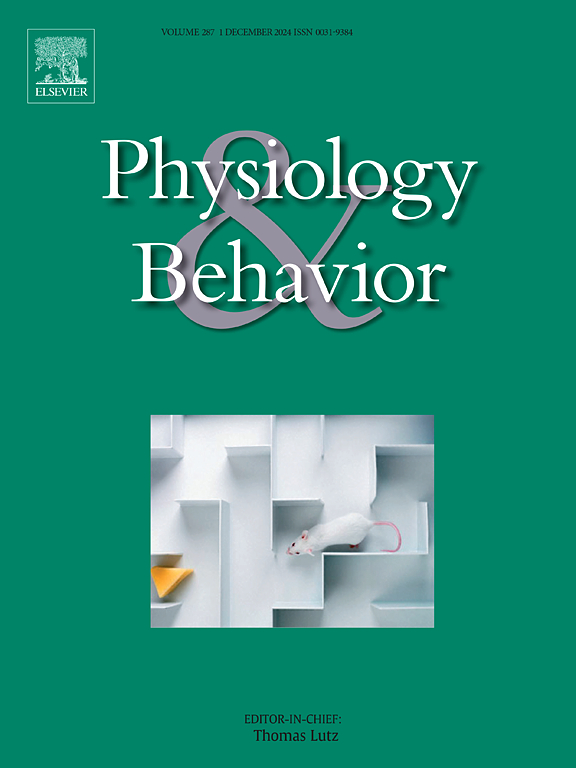水下目标识别任务中基于事件相关电位分析的动态微状态脑网络时空变异性
IF 2.5
3区 医学
Q2 BEHAVIORAL SCIENCES
引用次数: 0
摘要
水下目标探测与海洋研究、水下导航和海洋渔业密切相关。然而,由于水下环境的干扰,水下目标的快速识别仍然是一项艰巨的任务。本文提出了一种基于动态脑网络的水下目标识别系统。动态脑网络通过反映状态随时间的变化,准确地反映了脑功能网络。本研究提出了一种结合事件相关电位(ERP)分析、微观状态和动态脑网络的方法来研究水下目标识别任务中大脑的时空变异性。对45例被试的脑电图数据进行分析,以动态脑网络的整体变化矩阵为特征。该方法对所有受试者的平均分类准确率为96.19%。该方法基于ERP微态构建动态脑网络特征,对不同任务的脑电信号进行识别。为今后水下目标识别技术的发展提供了新的思路。本文章由计算机程序翻译,如有差异,请以英文原文为准。
Temporal and spatial variability of dynamic microstate brain network based on event-related potential analysis in underwater target recognition task
Underwater target detection is closely related to ocean research, underwater navigation, and marine fisheries. However, due to the interference of underwater environment, rapid recognition of underwater targets is still a difficult task. This study proposes an underwater target recognition system based on dynamic brain networks to address this issue. A dynamic brain network accurately represents a brain functional network by reflecting the state transitions over time. This study proposed a method combining the Event-Related Potential (ERP) analysis, microstates, and dynamic brain networks to investigate the spatiotemporal variability of the brain during underwater target recognition tasks. The electroencephalogram (EEG) data from 45 subjects were analyzed, and the overall change matrix of the dynamic brain network as a feature. The method achieved an average classification accuracy of 96.19 % across all the subjects. This approach demonstrated the efficacy of constructing dynamic brain network features based on the ERP microstates to identify the EEG signals across various tasks. Furthermore, it could offer new insights for the development of the underwater target recognition technology in the future.
求助全文
通过发布文献求助,成功后即可免费获取论文全文。
去求助
来源期刊

Physiology & Behavior
医学-行为科学
CiteScore
5.70
自引率
3.40%
发文量
274
审稿时长
47 days
期刊介绍:
Physiology & Behavior is aimed at the causal physiological mechanisms of behavior and its modulation by environmental factors. The journal invites original reports in the broad area of behavioral and cognitive neuroscience, in which at least one variable is physiological and the primary emphasis and theoretical context are behavioral. The range of subjects includes behavioral neuroendocrinology, psychoneuroimmunology, learning and memory, ingestion, social behavior, and studies related to the mechanisms of psychopathology. Contemporary reviews and theoretical articles are welcomed and the Editors invite such proposals from interested authors.
 求助内容:
求助内容: 应助结果提醒方式:
应助结果提醒方式:


